Key Takeaways
- Rats are smaller urban rodents with thin, hairless tails; muskrats are larger and semi-aquatic with flat tails.
- Rats live in homes, sewers, and dark spaces; muskrats build dens near water bodies like lakes and rivers.
- Rat signs include gnaw marks, droppings, grease trails, and night noises; muskrats leave burrows, tracks, and damaged vegetation.
- Rats damage structures and wiring, creating fire risks; muskrats weaken banks and levees, leading to erosion and flooding.
- Rats spread diseases like hantavirus and salmonella; muskrats can carry tularemia and leptospirosis.
- Control rats by sealing entry points and removing food; deter muskrats by managing water and vegetation.
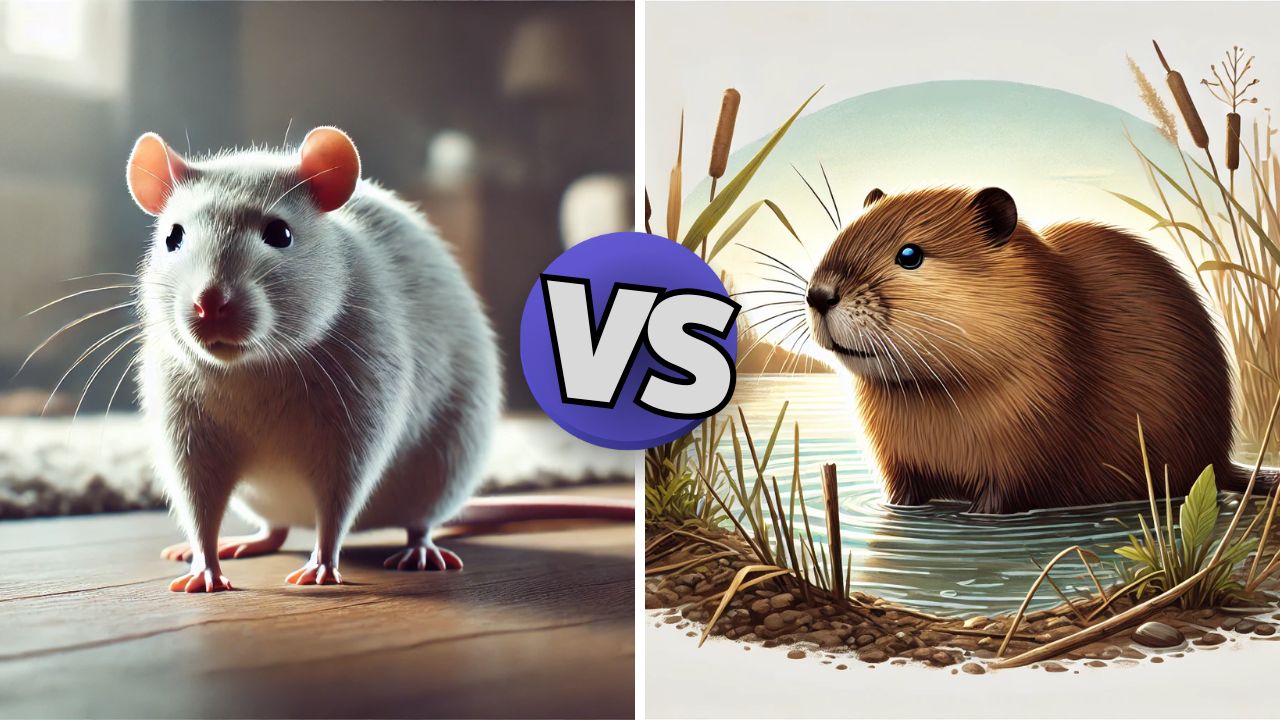 At first glance, rats and muskrats may seem alike due to their similar rodent-like features, but they are vastly different in terms of habitat, behavior, and impact on the environment. While rats are common urban rodents that thrive in human settlements, muskrats are semi-aquatic creatures that play a role in wetland ecosystems.
This article will help you distinguish between rats and muskrats, covering their physical traits, behaviors, habitats, and potential risks.
Unsure whether you’re dealing with rats or muskrats? Our pest control experts offer a free pest inspection to accurately identify and address the issue. Schedule your risk-free inspection today!
At first glance, rats and muskrats may seem alike due to their similar rodent-like features, but they are vastly different in terms of habitat, behavior, and impact on the environment. While rats are common urban rodents that thrive in human settlements, muskrats are semi-aquatic creatures that play a role in wetland ecosystems.
This article will help you distinguish between rats and muskrats, covering their physical traits, behaviors, habitats, and potential risks.
Unsure whether you’re dealing with rats or muskrats? Our pest control experts offer a free pest inspection to accurately identify and address the issue. Schedule your risk-free inspection today!
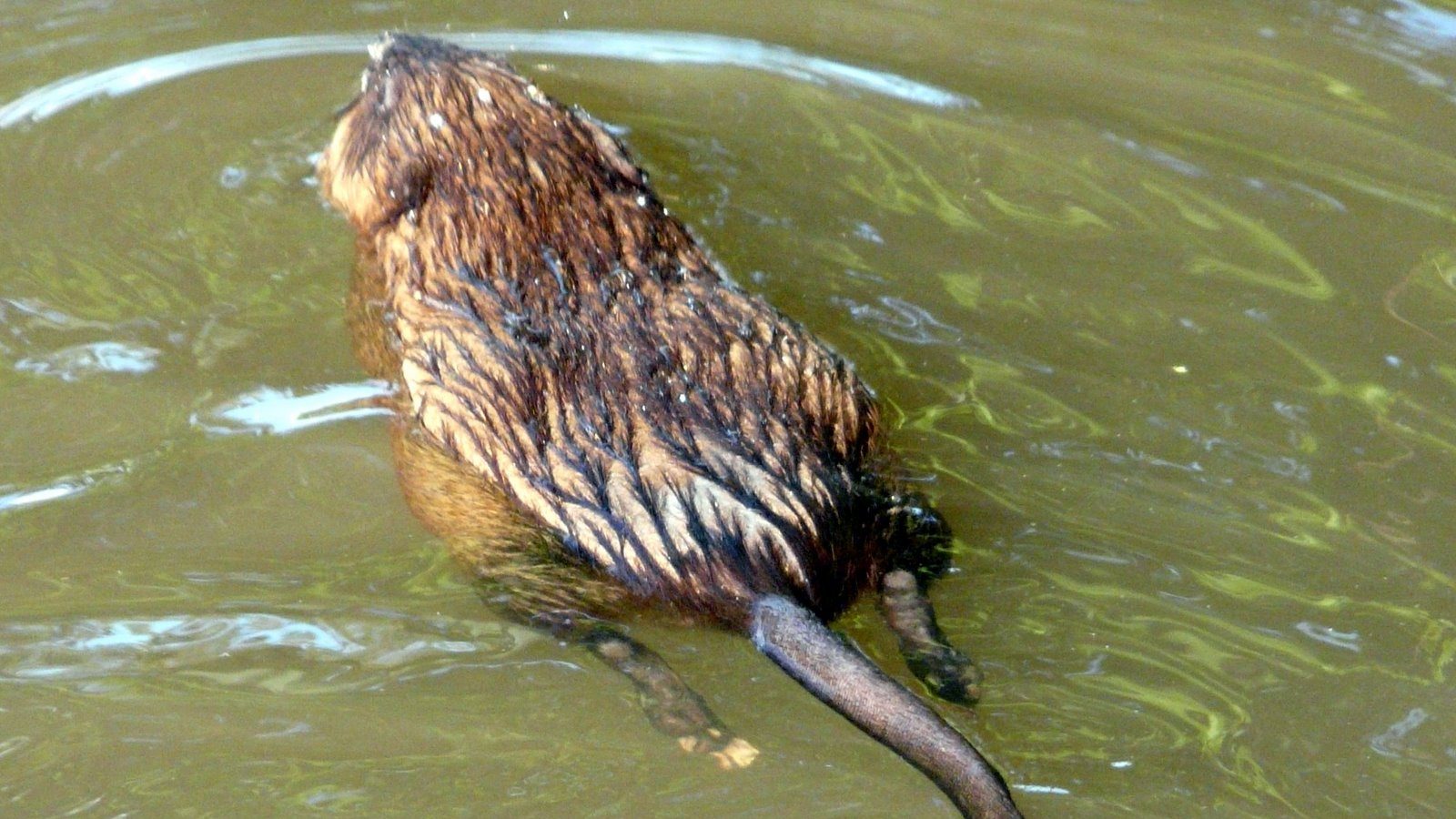

Not getting a solution?
Get your free pest control estimate today!What is a Rat?
Rats are highly adaptable rodents found in urban and rural environments. They are known for their survival instincts, ability to reproduce quickly, and tendency to infest homes and buildings. Their scavenging nature makes them a major nuisance in human settlements.Physical Characteristics of Rats
-
Size: Typically 6 to 9 inches long, excluding the tail, which adds another 7 to 9 inches.
-
Shape: Slender, cylindrical body that allows them to squeeze through tight spaces.
-
Color: Usually brown, gray, or black with a lighter underbelly.
-
Tail: Long, thin, scaly, and hairless, used for balance and temperature regulation.
 Rats are notorious for invading homes, sewers, and storage areas. They thrive in dark, damp spaces and are excellent climbers, often accessing rooftops and attics. Their rapid breeding and ability to gnaw through materials make them a difficult pest to control.
Rats are notorious for invading homes, sewers, and storage areas. They thrive in dark, damp spaces and are excellent climbers, often accessing rooftops and attics. Their rapid breeding and ability to gnaw through materials make them a difficult pest to control.

What is a Muskrat?
Muskrats are semi-aquatic rodents commonly found in wetland environments. Unlike rats, they are not urban pests but rather play a significant role in wetland ecosystems by controlling plant growth and creating habitats for other species.Physical Characteristics of Muskrats
-
Size: Larger than rats, measuring 16 to 24 inches long, including their tail.
-
Shape: Stocky and robust body with webbed hind feet for swimming.
-
Color: Typically brown with a lighter underbelly, covered in thick, waterproof fur.
-
Tail: Long, thick, and flattened vertically, which aids in swimming.
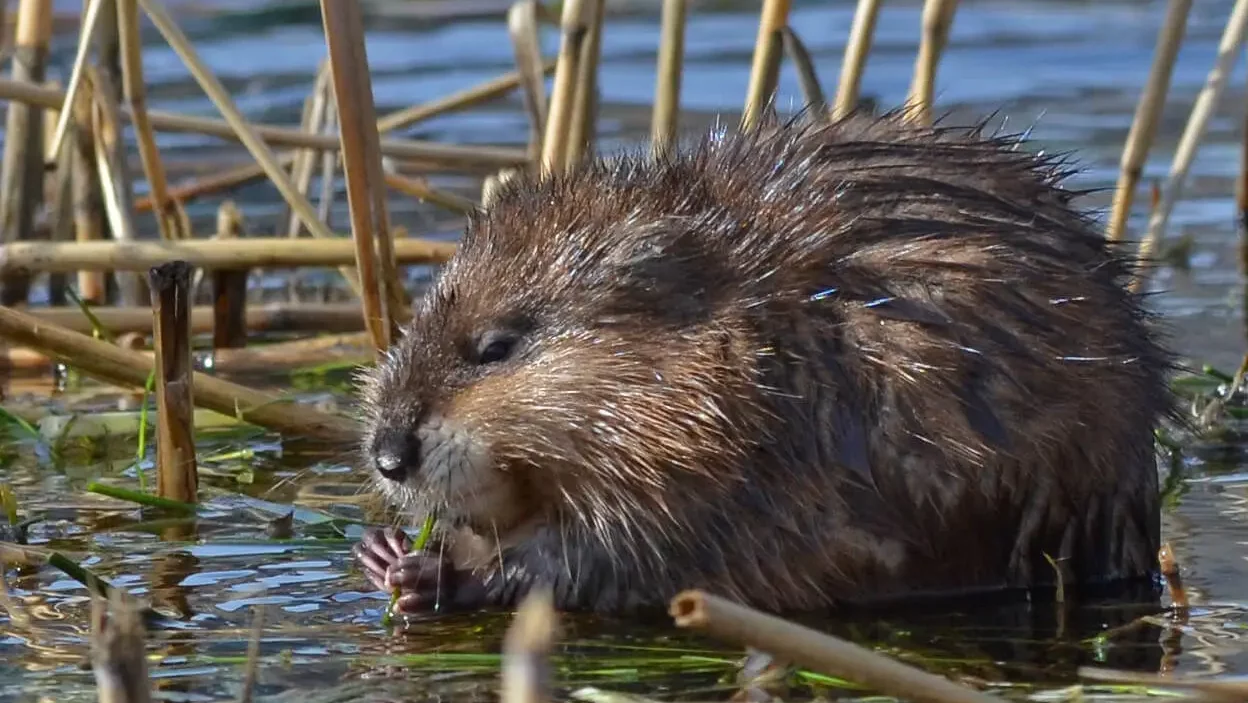 Muskrats live in marshes, lakes, and riverbanks, where they build burrows or lodges with underwater entrances. Their presence is usually harmless unless their burrowing activity damages human-made structures like dams and levees.
Muskrats live in marshes, lakes, and riverbanks, where they build burrows or lodges with underwater entrances. Their presence is usually harmless unless their burrowing activity damages human-made structures like dams and levees.
Rats vs Muskrats: Key Differences
| Feature | Rat | Muskrat |
|---|---|---|
| Size | 6 to 9 inches (excluding tail) | 16 to 24 inches (including tail) |
| Shape | Slender, cylindrical body | Stocky, robust body with webbed feet |
| Tail | Long, thin, scaly | Thick, flattened, and used for swimming |
| Habitat | Urban areas, sewers, basements | Wetlands, marshes, lakes, riverbanks |
| Diet | Omnivorous—scavenges food waste | Herbivorous—feeds on aquatic plants |
| Behavior | Nocturnal, social, highly adaptable | Semi-aquatic, solitary, prefers water |
| Health Risks | Spreads diseases, contaminates food | Can carry diseases, but less of a threat to humans |
Signs of Infestation
Detecting the signs of rat or muskrat infestations early helps prevent significant damage to property and the environment. Although similar in appearance, these rodents leave distinct indicators.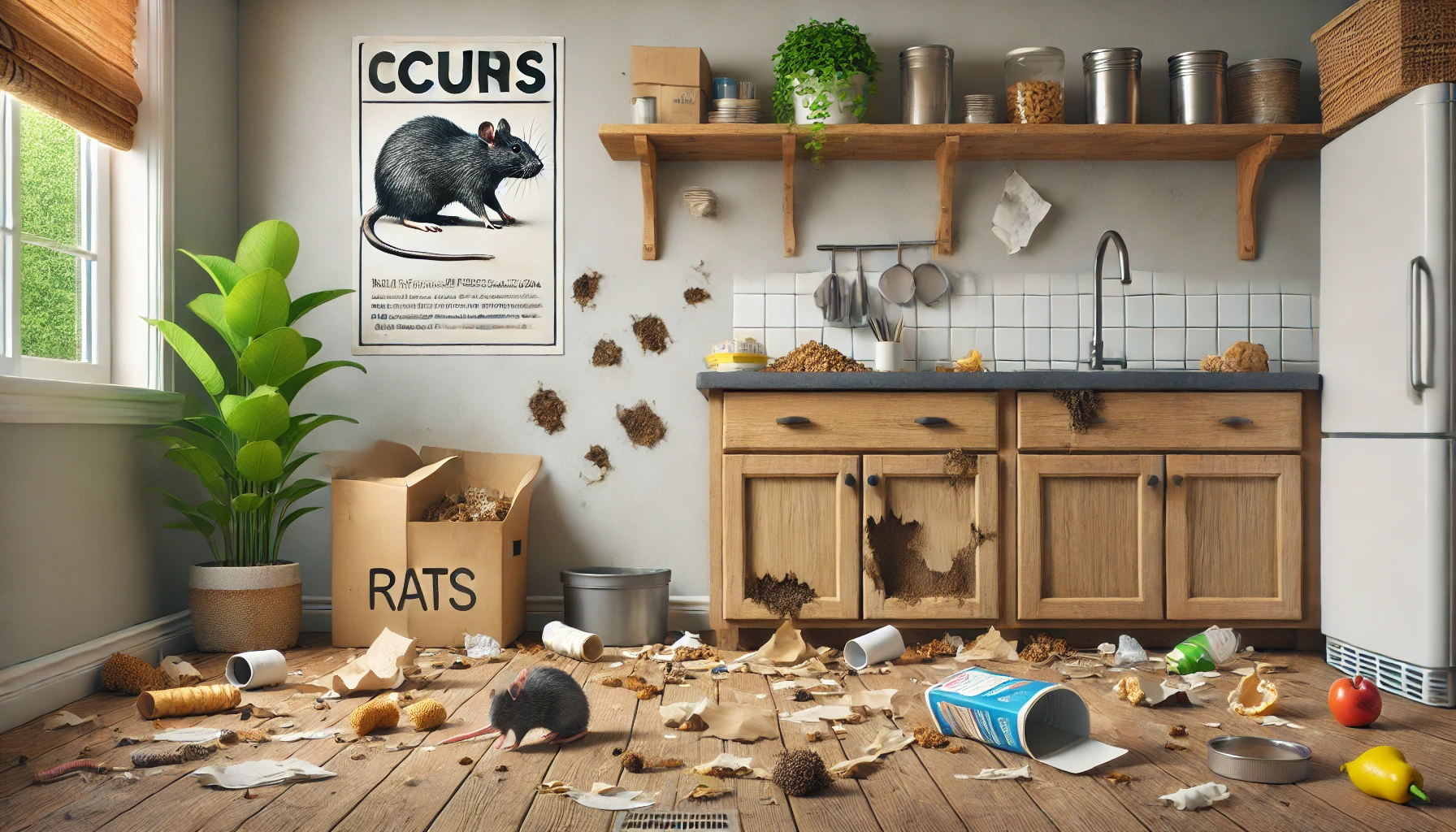
Signs of Rat Infestation
-
Droppings: Dark, pellet-like droppings around ½ to ¾ inch, commonly found near food and nesting areas.
-
Gnaw Marks: Damage seen on wires, wood, furniture, and packaging due to constant gnawing.
-
Grease Marks: Oily smudges along walls and baseboards from rats frequently traveling the same routes.
-
Nocturnal Noises: Scratching, squeaking, or movement sounds in walls or ceilings at night.
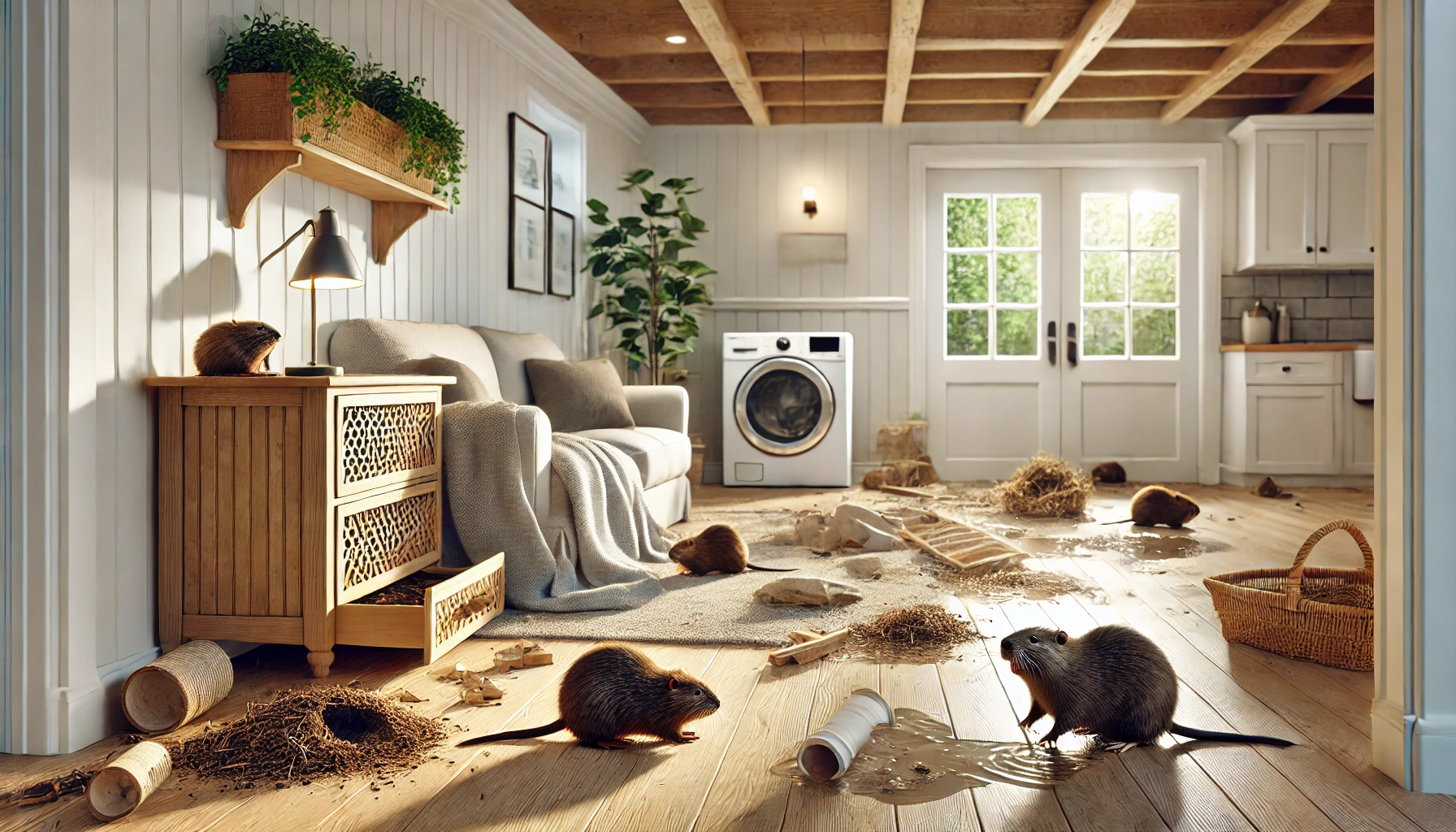
Signs of Muskrat Presence
-
Burrows and Den Entrances: Visible openings 4–6 inches wide along banks or near water sources.
-
Tracks and Tail Marks: Footprints and tail drag lines seen in soft mud or wet areas near ponds.
-
Damaged Aquatic Vegetation: Muskrats feed on aquatic plants, leaving noticeable vegetation loss near water edges.
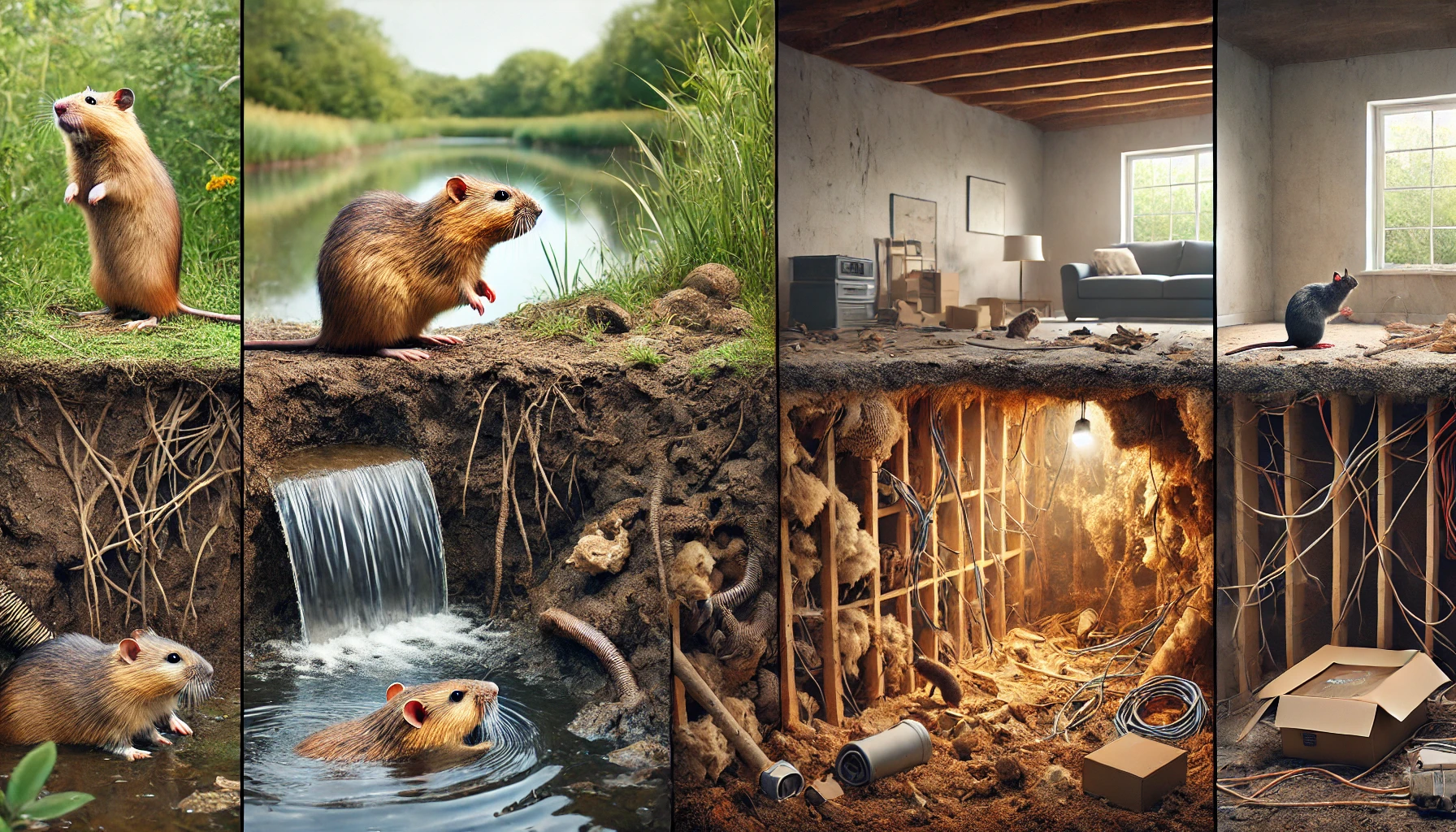
Damage and Risks
Understanding the potential risks of rats and muskrats allows homeowners and property managers to address issues promptly and effectively.Structural Damage (Rats vs. Muskrats)
-
Rats: Gnaw through electrical wires, insulation, wood, and plastic, risking fire hazards and weakening structural components.
-
Muskrats: Burrow into the banks of ponds, streams, or drainage systems, causing erosion and increasing the risk of collapse.
Environmental and Property Damage
-
Rats: Contaminate food sources, transmit diseases like salmonella and hantavirus, and create foul odors from droppings and urine.
-
Muskrats: Destroy aquatic vegetation, disrupt ecosystems, and contribute to flooding or water mismanagement issues through burrowing activity.
Health Risks from Rats
-
Disease Transmission: Rats spread serious diseases such as hantavirus, salmonella, leptospirosis, and rat-bite fever.
-
Food Contamination: Their scavenging habits make them a major cause of foodborne illnesses.
-
Parasites: Rats carry fleas, mites, and ticks that can further spread infections.
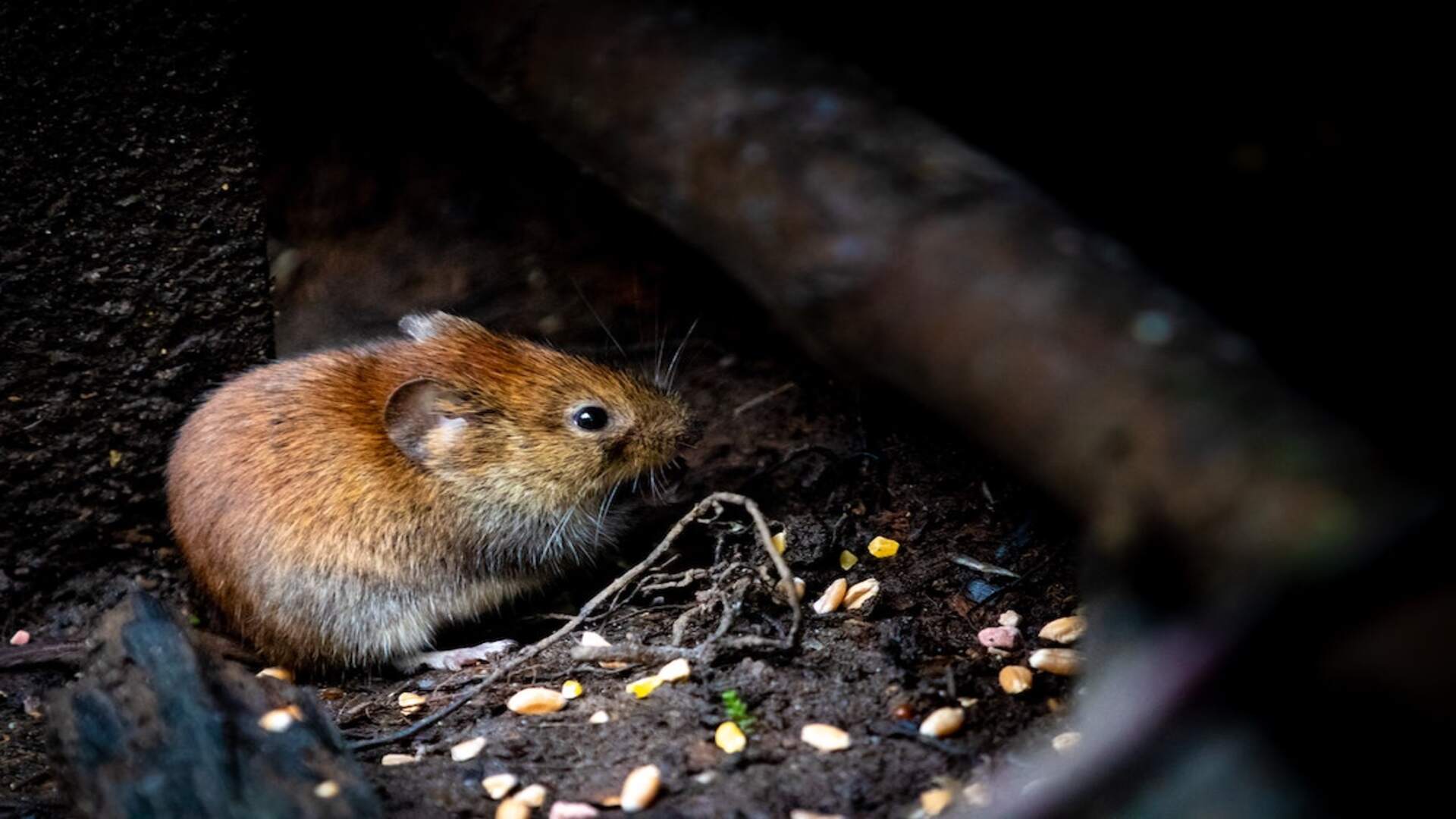
Health Risks from Muskrats
-
Disease Transmission: Muskrats may carry tularemia and leptospirosis, which can be transmitted through contact with their urine or contaminated water.
-
Environmental Contamination: Their burrowing can weaken waterbanks and cause flooding, leading to indirect hazards.
How to Prevent Rats and Muskrats from Entering Your Home?
Prevention is the best method for keeping rats and muskrats away from your property. Here’s how you can manage each pest effectively:Rat Prevention Tips
-
Seal Entry Points: Block all small gaps and cracks in walls, doors, and foundations, as rats can squeeze through openings as small as a quarter.
-
Eliminate Food Sources: Keep the food covered using airtight containers and wipe off any crumbs and spills regularly.
-
Reduce Clutter: Clear out storage areas and piles of debris where rats may nest.
-
Set Traps and Baits: Use traps strategically in areas where rats are commonly spotted.
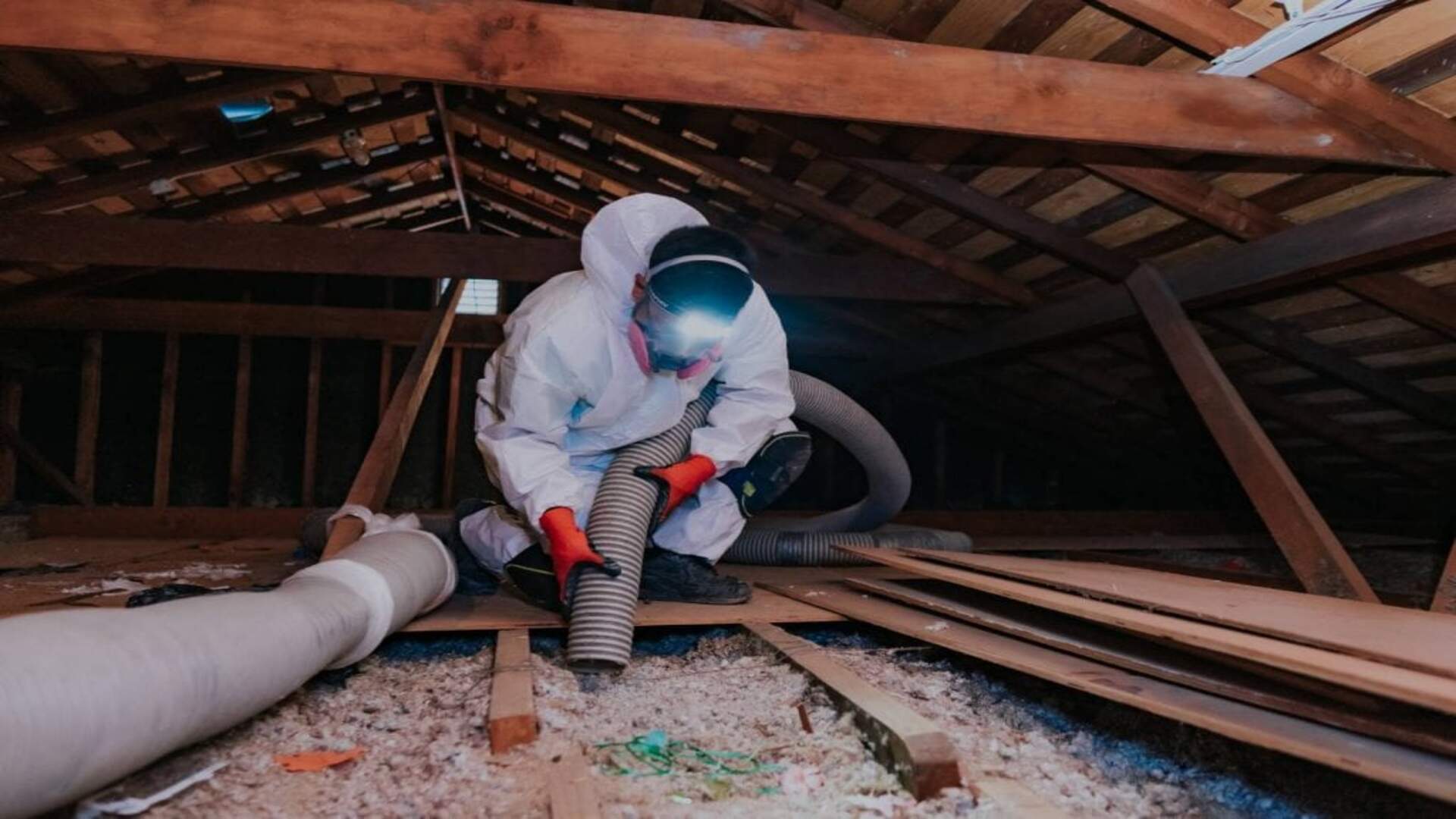
Muskrat Prevention Tips
-
Water Management: Prevent standing water near your home and ensure proper drainage in your yard.
-
Habitat Control: Trim vegetation near water sources to reduce muskrat nesting sites.
-
Burrow Sealing: If muskrats are burrowing near your property, consult wildlife control experts to humanely remove them.
-
Fencing: Install wire mesh or barriers along water banks to deter muskrat activity.
Myths and Facts About Rats and Muskrats
| Myth | Fact |
|---|---|
| Muskrats are just large rats. | Muskrats are larger, semi-aquatic rodents, not large rats. |
| Rats are only found in urban areas. | Rats can be found in rural and wild areas, not just cities. |
| Muskrats live in trees like beavers. | Muskrats build lodges in water and do not live in trees. |
| All rodents with long tails are the same. | Muskrats have short, flattened tails; rats have long, thin tails. |
| Rats and muskrats are both harmful to crops. | Muskrats are herbivorous and primarily affect aquatic plants, not crops. |





